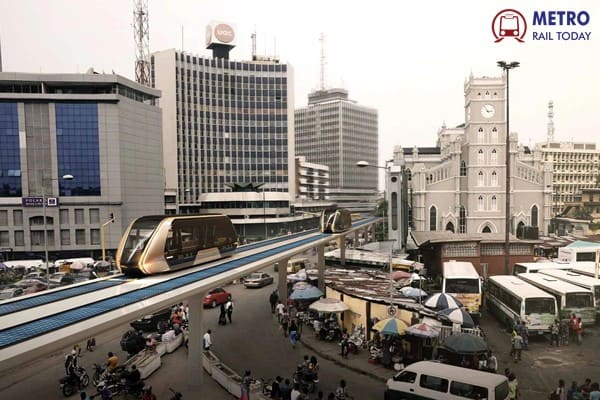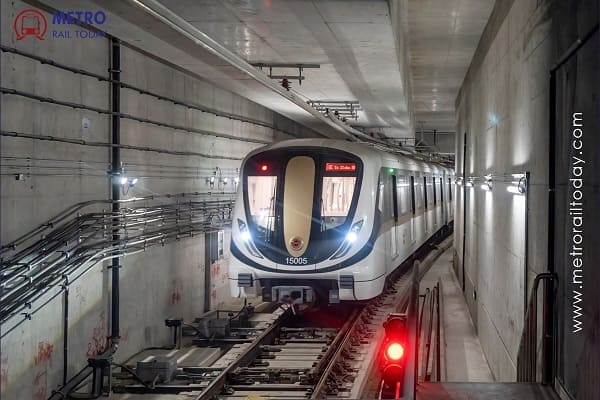 SYSTRA appointed Design Consultant for Patna Metro Underground Corridors
SYSTRA appointed Design Consultant for Patna Metro Underground Corridors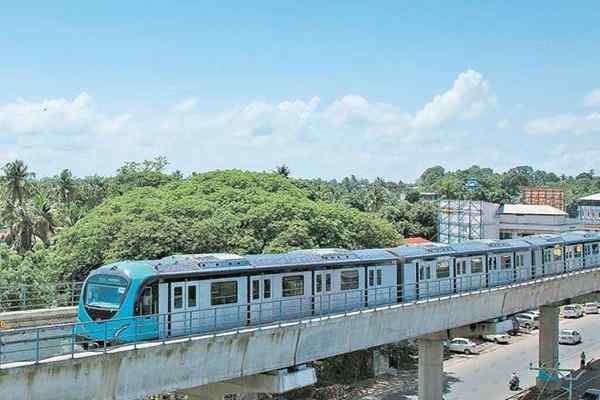 Kochi Metro Phase 2 Pink Line likely to miss June deadline due to funding issue
Kochi Metro Phase 2 Pink Line likely to miss June deadline due to funding issue Saudi Arabia restarted work on Jeddah Metro Rail Project under Saudi Vision 2030
Saudi Arabia restarted work on Jeddah Metro Rail Project under Saudi Vision 2030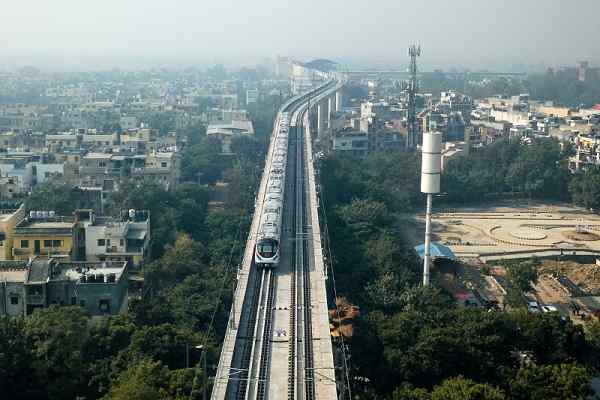 Delhi Govt releases funds for remaining Delhi Metro Phase IV Corridors
Delhi Govt releases funds for remaining Delhi Metro Phase IV Corridors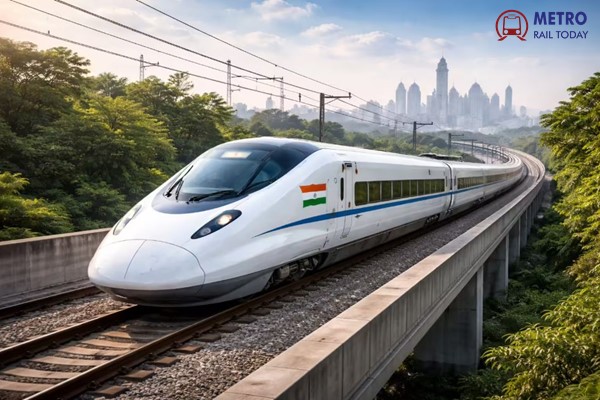 Italcertifer SpA appointed ISA for Mumbai-Ahmedabad High Speed Bullet Train Project
Italcertifer SpA appointed ISA for Mumbai-Ahmedabad High Speed Bullet Train Project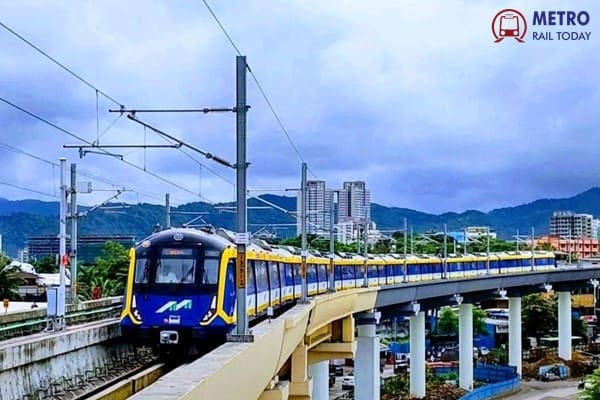 Univastu India Bags ₹391.76 Crore E&M Contract for Mumbai Metro Line 4 & 4A
Univastu India Bags ₹391.76 Crore E&M Contract for Mumbai Metro Line 4 & 4A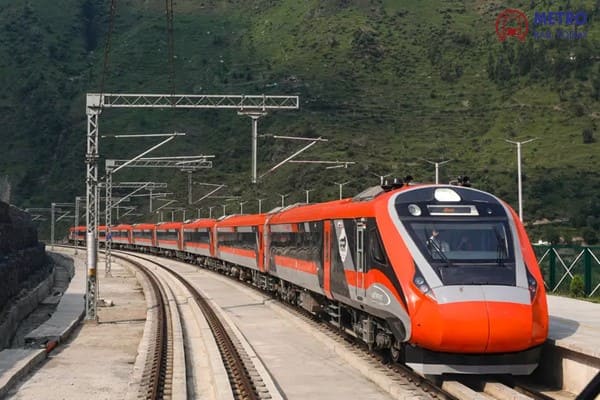 Prime Minister Narendra Modi Flags Off India's First Vande Bharat Sleeper Train
Prime Minister Narendra Modi Flags Off India's First Vande Bharat Sleeper Train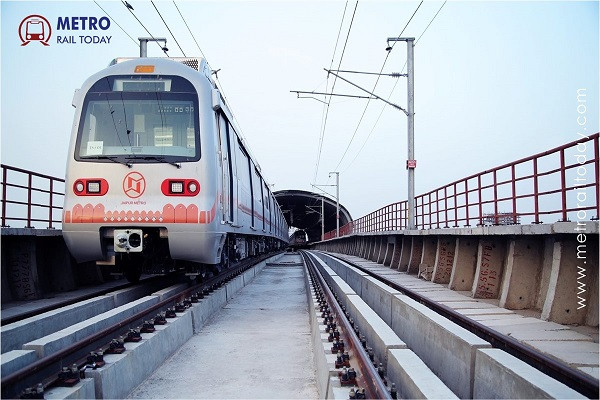 Ceigall - SAM India JV Wins ₹918 Crore Civil Contract for Jaipur Metro Phase 2
Ceigall - SAM India JV Wins ₹918 Crore Civil Contract for Jaipur Metro Phase 2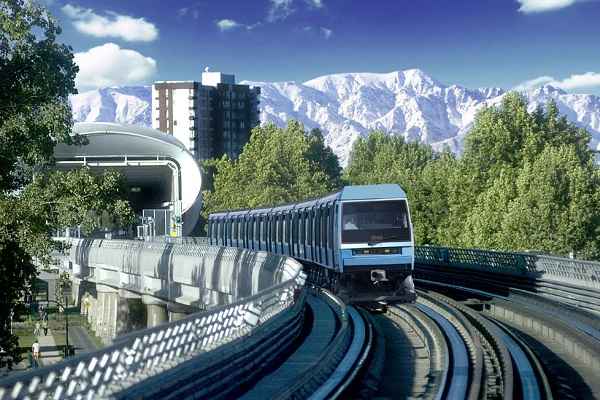 Webuild Bags €776 Million Contract for Rome Metro Line C Section T1
Webuild Bags €776 Million Contract for Rome Metro Line C Section T1 From Paper to Platform: How Mumbai Metro’s Digital Ticketing Is Redefining Urban Mobility?
From Paper to Platform: How Mumbai Metro’s Digital Ticketing Is Redefining Urban Mobility?
Challenges and Solutions in Implementing Data Secure CCTV Cameras in Indian Railways
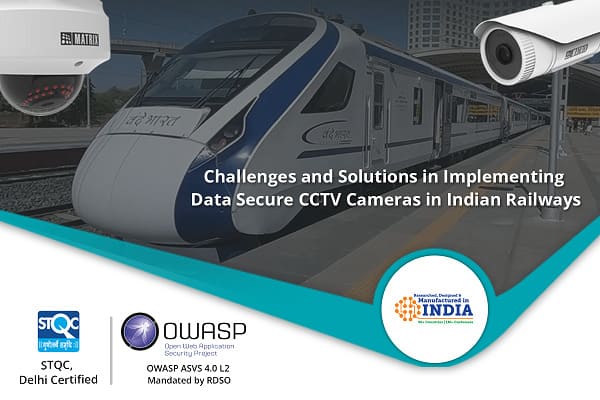
The absence of CCTV cameras at most railway stations and coaches poses significant security challenges within the Indian Railways network. Despite the Ministry of Railways' approval to install CCTV cameras at all stations and doorway areas of coaches, progress has been limited. As of now, only 557 air-conditioned (AC) coaches under the Southern Railway are equipped with surveillance cameras, a fraction of the total coaches in operation.
Moreover, rural railway stations remain largely devoid of security cameras, exacerbating security concerns. The delay in implementing video surveillance systems at stations further underscores the pressing need to address these security gaps. This article examines the challenges faced in deploying data secure CCTV cameras across Indian Railways and proposes strategic solutions to enhance security measures within the railway network.
Challenges in Implementing Data Secure CCTV Cameras
1. Legacy Infrastructure: Indian Railways grapples with the challenge of legacy surveillance systems, often lacking inbuilt data security features.These outdated systems prevalent across stations and trains, present vulnerabilities susceptible to cyber threats. According to Inc 42, India witnessed 13.9 Lakh cybersecurity incidents in 2022, emphasizing the urgent need for modernization.
2. Scale and Complexity: The vast expanse of India's railway network, spanning over 65,000 kilometers, poses unique challenges in maintaining uniform data security standards. With thousands of stations and surveillance points distributed across diverse terrains, ensuring consistent security measures becomes a daunting task. The complexity of railway networks makes them prime targets for cyber attacks, underscoring the critical need for robust data security measures.
3. Regulatory Compliance: Indian Railways grapples with navigating a multifaceted regulatory landscape, particularly concerning video surveillance, data security and privacy standards. Compliance with stringent regulations such as OWASP ASVS 4.0 L2 for Data Security, RDSO 6.0 for video surveillance systems installed on stations, and RDSO 2.1 for CCTV cameras installed in railway coaches, adds layers of complexity. Ensuring adherence to these regulations is paramount, as failure to comply can lead to legal repercussions. Therefore, railway authorities must prioritize regulatory compliance to uphold the integrity and security of their surveillance systems.
4. Complex Procurement Processes: Procuring modern surveillance equipment and hiring cybersecurity experts often involves complex procurement processes in the Indian bureaucracy. Lengthy procedures and bureaucratic hurdles may delay the allocation of funds and hinder timely implementation of cybersecurity initiatives.
5. Human Factor: The human element remains a critical aspect of challenges faced by Indian Railways. Resistance to change, coupled with a lack of cybersecurity awareness among staff, poses significant risks. Insider threats, whether intentional or unintentional, also contribute to the vulnerability of surveillance systems.
Solutions and Strategies for Implementing Data Secure CCTV Cameras
1. Modernization Efforts: To address the challenge of legacy infrastructure, Indian Railways must prioritize modernization efforts aimed at upgrading surveillance systems with advanced cybersecurity features and protocols. This includes replacing outdated equipment with modern CCTV cameras that incorporate robust security measures such as encryption, secure authentication mechanisms, and regular software updates.
2. Risk-Based Approach: Implementing a risk-based approach to cybersecurity is particularly pertinent for Indian Railways when it comes to their video surveillance systems. By conducting thorough risk assessments specifically tailored to these systems, railway authorities can identify vulnerabilities and threats unique to video surveillance infrastructure.
For instance, risks may include unauthorized access to surveillance footage, data breaches involving sensitive passenger information, or tampering with surveillance equipment. By analyzing these risks in the context of video surveillance systems, railway authorities can prioritize resources and efforts to address the most critical security concerns effectively. This tailored approach ensures that cybersecurity measures are aligned with the specific challenges and requirements of video surveillance systems, thereby enhancing their resilience against potential threats.
3. Training and Awareness: Railway staff should be made aware of the potential cyber threats that video surveillance systems may face, such as hacking attempts, malware infections, or physical tampering with cameras. Training programs can educate them on recognizing and responding to these threats, including reporting suspicious activities or security incidents promptly.
Given that video surveillance systems capture and store sensitive data, including footage of passengers and railway assets, it's crucial to educate staff on data security best practices. This includes ensuring the secure handling, storage, and transmission of surveillance footage to prevent unauthorized access or data breaches.
4. Budgetary Requirements Railway authorities must allocate funds for the procurement of modern surveillance equipment with built-in cybersecurity features, such as encryption and secure authentication mechanisms. Additionally, budgetary allocations should cover cybersecurity training programs tailored to staff involved in operating and managing video surveillance systems, ensuring they have the necessary skills to mitigate security risks effectively. Lastly, funds should be allocated for hiring cybersecurity experts or engaging third-party cybersecurity firms to conduct regular audits and assessments of the video surveillance infrastructure.
5. Timely Execution: Top-level commitment within Indian Railways is essential to prioritize data security initiatives, reflected in strategic planning and budget allocation processes. This commitment ensures adequate budgetary resources are allocated for acquiring modern video surveillance equipment and data security solutions through streamlined procurement processes. This involves establishing dedicated procurement teams and leveraging digital technologies for efficient procurement. Concurrently, robust monitoring mechanisms are implemented to track the execution of video surveillance systems, ensuring compliance with budget allocations and assigning accountability for outcomes. Regular reviews and audits further enhance the effectiveness of video surveillance systems and strategies.
Why Matrix IP Cameras Are an Ideal Choice for Indian Railways?
Matrix IP Cameras adhere to OWASP ASVS 4.0 L2 for cyber-secure surveillance, a standard endorsed by the RDSO. The cameras have been certified by STQC Delhi Lab for compliance with RDSO 6.0, ensuring cyber-secure surveillance products for the Indian market.
When you invest in Matrix CCTV Cameras you can rest assured for
- Data Privacy and Protection: Video surveillance systems collect a vast amount of data. It is critical to ensure privacy and protect the data while storing, analyzing, and sharing it.
- Network Vulnerabilities: Video surveillance systems are susceptible to hacking attempts due to Weak passwords, outdated firmware, and unpatched software.
- Potential for Exploitation: Cybercriminals manipulate video feeds or gain unauthorized access to cameras, leading to privacy breaches or physical security threats.
- Legal and Regulatory Compliance: Many regions have strict regulations regarding the use of surveillance systems, Non-compliance can lead to legal consequences.
In conclusion, prioritizing data security for Indian Railways' extensive video surveillance systems is imperative for several reasons. The increasing awareness of data privacy concerns, coupled with regulatory requirements, emphasizes the need for robust cybersecurity measures. The evolving cyber threat landscape and integration with IT networks expose vulnerabilities that demand proactive measures.
Furthermore, adherence to industry best practices and standards is crucial for developing cyber-secure solutions. Choosing Matrix IP Cameras, endorsed by RDSO and complying with OWASP ASVS 4.0 L2, ensures a reliable defense against potential threats. Safeguarding data privacy, addressing network vulnerabilities, preventing exploitation, and maintaining legal compliance is pivotal in securing the railways' surveillance infrastructure.
For more details, please explore: https://bit.ly/3Vn5VCt





